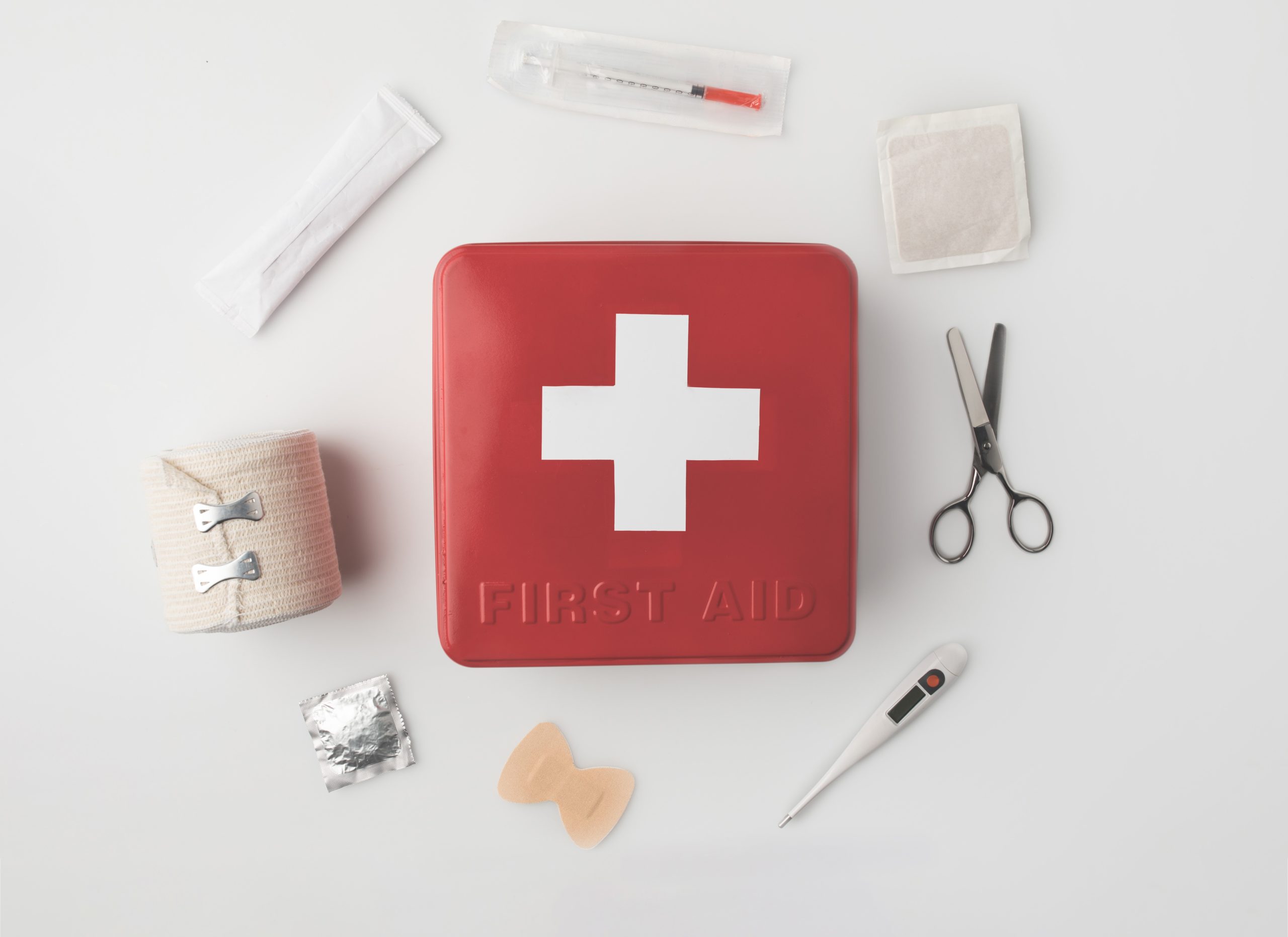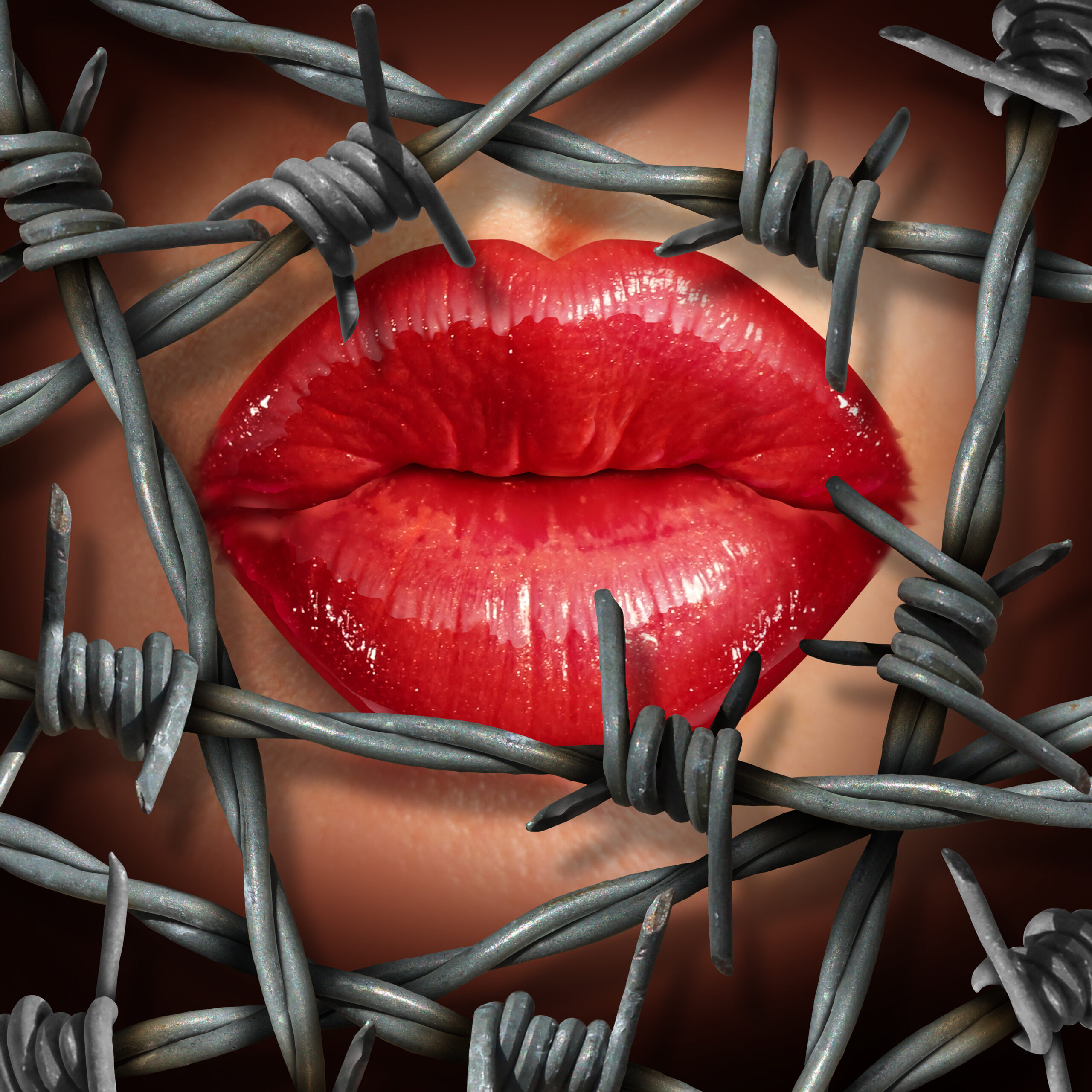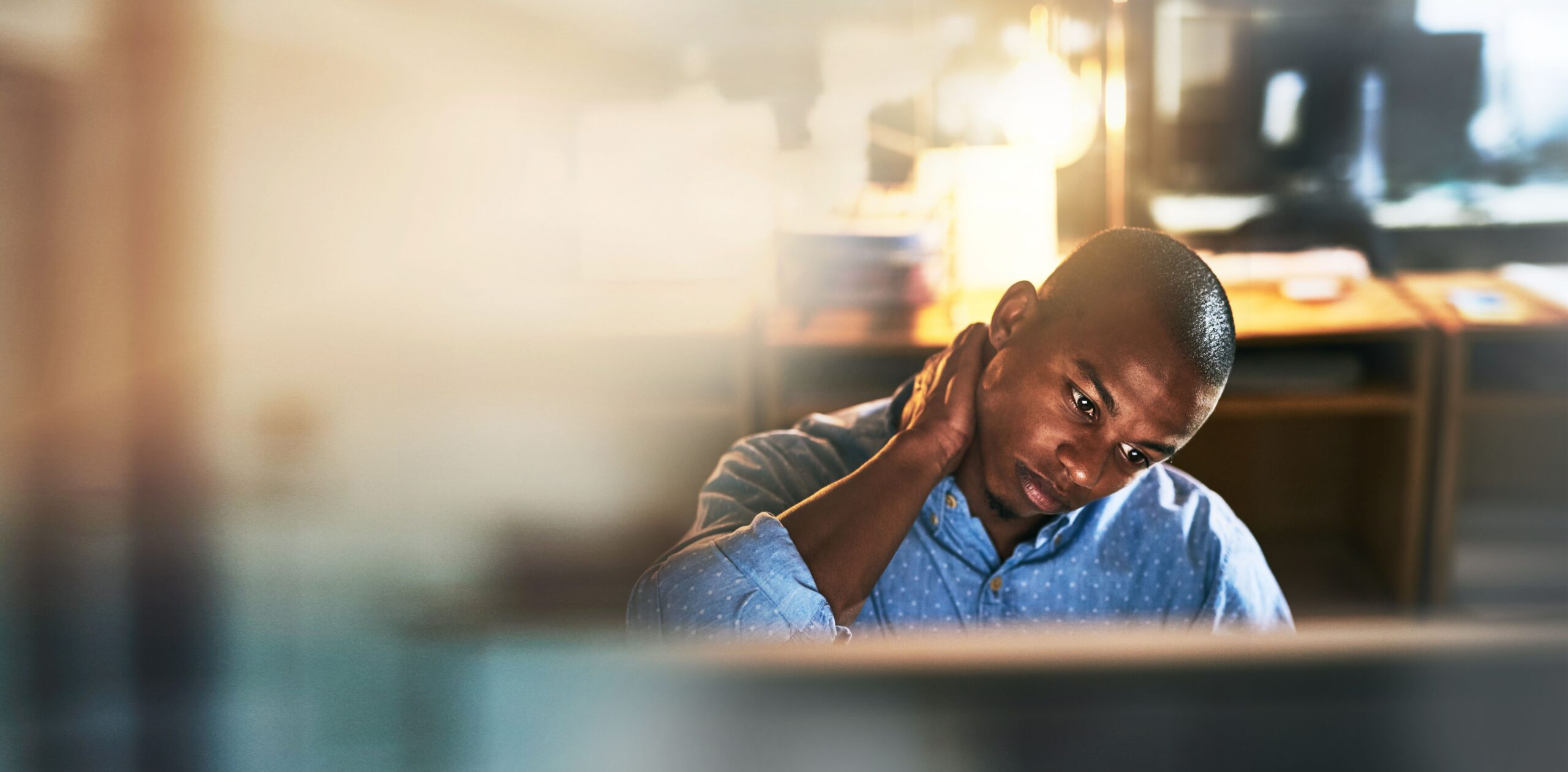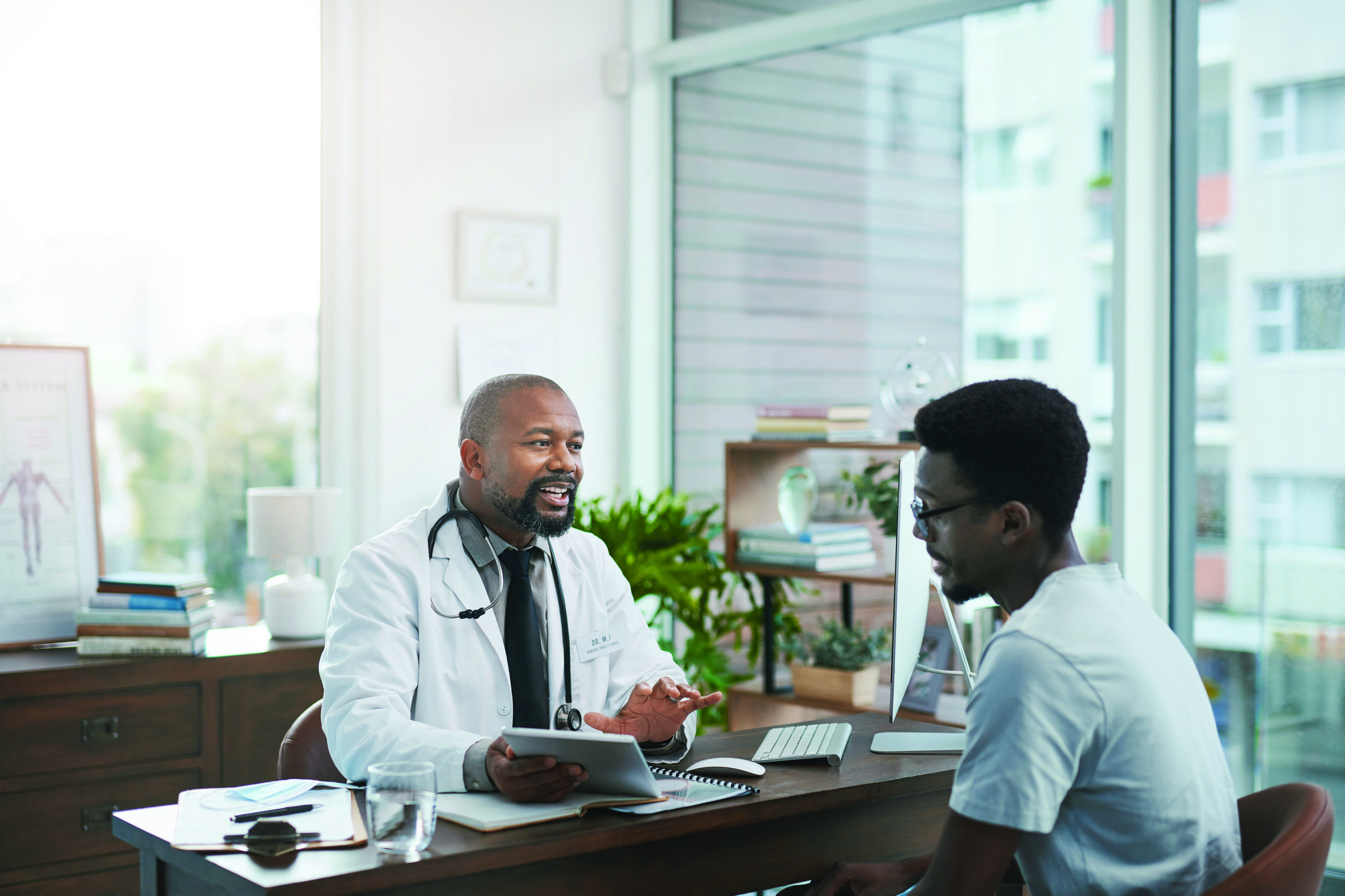by Brandy Abalos
Basic first aid from a bystander is often the first medical help an ill or injured person receives. Administering basic first aid while waiting for the ambulance can save lives or reduce recovery time.
First Steps Before Performing Any First Aid Care
Take the following steps to protect the caregiver and the injured person before giving any first aid:
- Wash hands thoroughly with antibacterial soap.
- Put on disposable gloves to keep from spreading infectious diseases.
- Assess the area. Is there a risk of imminent harm?
- Keep supplies stored together neatly so they are ready and easily accessible.
- Call 911 if injury is severe.
The ABCs of First Aid in Emergency Situations
If a person is unresponsive, focus on the basics: airway, breathing and circulation. These ABCs should be reported to first responders when they arrive on the scene.
»Airway – If someone is not breathing, check their airway to ensure nothing is stuck. Sweep a finger across the inside of their mouth. Those trained to use the Heimlich Maneuver may employ it, also. »Breathing – If the airway is clear, but the person is not breathing, provide rescue breathing. Give one rescue breath every five to six seconds.
»Circulation – Check for a pulse. If there isn’t one, use your palms to press down on their chest steadily at about 100 to 120 compressions per minute. Doing so will aid in circulation.
How to Manage Bleeding
Quickly determine the type of injury to evaluate the extent of care they need.
»Capillary: A capillary is the smallest blood vessel. These wounds typically bleed slowly and usually stop on their own. A small plastic bandage can help contain the bleeding if needed.
»Vein: Mild to severe bleeding and dark red blood indicate a vein wound. If possible, elevate the injury above the patient’s head and apply direct pressure to stop the bleeding. If the cloth used to apply pressure becomes soaked, do not remove it. Instead, add another layer and continue to apply pressure until clotting occurs.
»Artery: Arteries carry 10-15% of the body’s blood. When an artery is severed, bright red blood will spurt out. Rapid blood loss can result in shock or death if not treated quickly. If possible, use a tourniquet to apply pressure. If one is not available, apply as much pressure as possible without one. Immediate medical treatment is imperative for an arterial wound.
First Aid for Burns
Burns are common injuries for children as well as adults. The appropriate treatment depends on the burn’s severity and the amount of surface area it covers on the victim.
»First Degree Burn – This is the least dangerous type of burn that only affects the outer layer of your skin. It can cause redness and swelling.
»Second Degree Burn – This type of burn affects two layers of skin and causes swelling, redness and blisters. It is considered a major burn if it is more than three inches or is on the face or other sensitive areas.
»Third Degree Burn – This affects the deeper layers of skin and may cause a white or blackened appearance. It is always considered a major burn. Seek immediate medical attention for major burns.
In the meantime, taking these steps can prevent further damage:
-
- Get the victim away from what is burning them.
- Rinse chemicals from the skin, turn off the electricity, run cool water over a hot surface or shade them from the sun.
- Run cool water over the burn area for several minutes. Do not use ice on the burned skin.
- Apply a light gauze bandage and an ointment, such as aloe vera.
- Administer Ibuprofen (Motrin) or Acetaminophen (Tylenol) if needed for pain relief.
- Do not scrape away skin or break blisters if present.
First Aid for Small Cuts and Blisters
Minor cuts and blisters are not life-threatening and can be treated as such.
-
- Wash and dry the skin thoroughly with antibacterial soap. Do not open the wound, pop the blister or pick a scab.
- Apply antibiotic ointment to prevent infection.
- If the cut or blister does not hurt, it is best to leave it open to the air. However, a small plastic bandage can protect it if it is in a sensitive area or one where shoes or clothing will rub it.
Treat Minor Injuries and Get Emergency Medical Care When It’s Serious
These basic first aid tips are helpful for minor injuries or helping someone while an ambulance arrives. However, immediate emergency care is vital for all serious injuries. Emergency care can save a person’s life and prevent further damage.








Leave A Comment